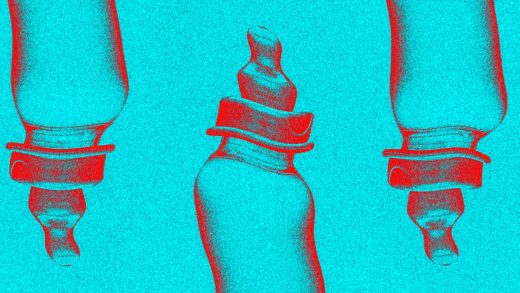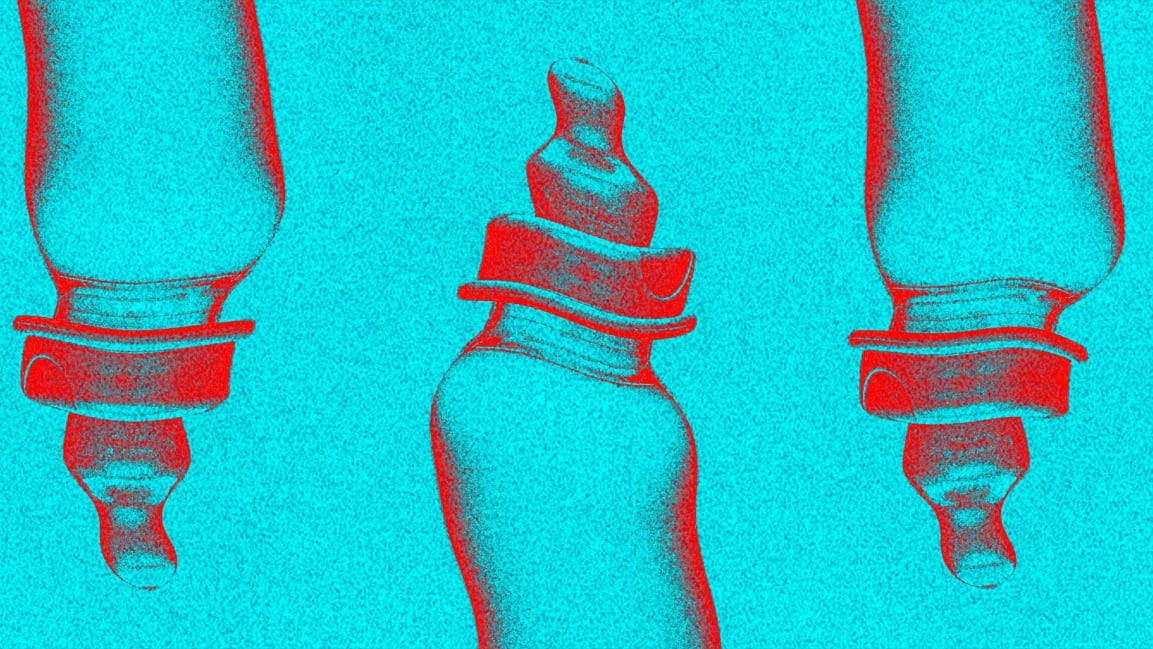Why America’s baby formula crisis is an entirely self-inflicted problem
In the two years since COVID first arrived in the U.S., Americans have had to get used to things being out of stock. Refrigerators, stoves, washers—at various points, global supply-chain issues have meant that each of these has been tough to come by. But while those stock-outs may have been annoying, Americans today are dealing with a shortage that’s actually serious: a dearth of infant formula. In the first week of May, the national out-of-stock rate for infant formula was 43%, and there’s no sign that things have improved since. And this supply-chain problem is different from those earlier ones in two ways. First, formula is not a product you can afford to wait for. (Babies need to be fed!) Second, this problem is largely self-inflicted.
The proximate cause of the shortage was the shutdown of Abbott Laboratories’s formula factory in Sturgis, Michigan, and the company’s voluntary recall of powder-formula products made there, after FDA inspectors found a bacteria called Cronobacter inside the plant. (Months earlier, four infants who consumed formula from the factory had become ill with Cronobacter infections, and two had died, though Abbott says that the illnesses were not caused by consuming its products.) But the reason that shutdown was so consequential is that we’ve created a system in which almost all the formula consumed in the U.S. is made by a small number of companies in a small number of factories; taking just one of them offline has massive ripple effects across the economy. Parents in Canada and Europe aren’t having any trouble finding baby formula. It’s only American parents who have been left scrambling.
The numbers behind the crisis are pretty straightforward. Three companies—Abbott, Mead, and Nestle—account for the vast majority of formula sold in the U.S., and Abbott alone has more than 40% of the market—and 98% of the formula sold in the U.S. is made in the U.S. In other words, there is essentially no foreign competition. While countries like Germany and Switzerland have robust infant-formula industries, their companies sell almost nothing here directly.
That’s not because of a lack of demand for or interest in European baby formula; on the contrary, you can read myriad stories online about American parents going to great lengths to import formula made by companies like HiPP and Holle, because they’re made with higher-quality ingredients, organic milk, and don’t use things like corn syrup. Instead, there are no almost-legal imports from Europe because we have a tariff and regulatory system effectively designed to keep them out.
That system starts with tariffs. Imported baby formula is subject to a tariff that’s typically 17.5%. On top of that, there’s an abstruse tariff-rate quota system, which means that once a certain amount of formula is imported from a country, it gets slapped with an extra tariff in addition to the original one. So any foreign-formula manufacturer who wants to sell its products in the U.S. is going to be at a serious cost disadvantage to the Abbotts of the world.
To even get to that point, though, foreign-formula manufacturers have to satisfy not only the FDA’s nutritional requirements but also the agency’s surprisingly detailed labeling requirements. The FDA doesn’t officially approve infant formulas (the way it approves, say, drugs). But any product that doesn’t meet its rules—which include things like how ingredients should be listed on the label—can’t be sold in the U.S. Of course, because there’s still a lot of demand for products from European companies, there are online retailers that sell European formula on the gray market. But it’s technically illegal to import formula that doesn’t meet FDA rules, and Customs and Border Patrol will periodically announce that it’s made a major seizure of European formula, as if it’s just snagged a major cocaine shipment.
None of this is because European infant formula doesn’t meet U.S. standards: A 2019 study of 13 brands found that all of them met 15 out of 16 nutritional requirements. (The study’s authors couldn’t measure if the brands met the final requirement, for linoleic acid, because of the way the formulas were labeled.) Indeed, the EU has its own nutritional requirements, which have actually been updated more frequently than those in the U.S.— and European formulas often have better ingredients.
The key here is that all these restrictions fit together to keep foreign producers out of the market. HiPP and Holle could presumably spend the money to print up U.S.-specific labels, or even tweak their formulas slightly to satisfy FDA nutritional requirements. (The EU generally requires less iron in formula than the U.S. does.) But the economic incentives to go to all that trouble and expense are small because the tariffs and tariff-rate quotas limit their potential sales and profits. So they’ve understandably chosen not to enter the U.S. market, leaving it to the big domestic players.
It should be said that the motivation behind the FDA requirements is understandable: Nutrition has a huge impact on babies’ growth and cognitive development, so you want to make sure that the formula parents are giving their babies is good. But in practical terms, the concern with safety has become a recipe for protecting the current oligopoly of formula manufacturers in the U.S. And this is not a problem only in the infant-formula market. You can see a similar phenomenon at work in the generic-drug market, where FDA rules often mean that U.S. consumers have only one choice of drug—and have to pay through the nose for it—even when there are multiple versions of the drug being made in Europe. And we saw it recently in the market for COVID rapid tests, where a strict regulatory approach in the U.S. meant that only a small number of companies were approved to make rapid tests, while countries like Germany had approved more than 50.
So what can be done? To start with, the tariffs and tariff-rate quotas should obviously be lifted. There’s no economic benefit to forcing consumers to pay more for imported formula. Beyond that, the FDA should embrace a version of what economists call “reciprocal approval.” What that means is that when a product—or drug—has been approved by regulators (or meets their standards) in developed countries with high standards, it automatically would be approved for sale here. Regulatory agencies don’t like this idea because they, of course, insist that their standards are the correct ones and must be met. But German babies are not keeling over from consuming HiPP. If American parents want to give it to their kids, they should be able to.
The Biden administration is taking some steps in this direction—it said Monday that it would be giving more flexibility to foreign manufacturers on a case-by-case basis in order to ease import restrictions. But it’s still going to demand those manufacturers “demonstrate safety and nutritional adequacy,” even when their products have already been approved for sale in Europe. And in any case, instead of just easing those restrictions temporarily, we should be asking why we need them at all.
In a broader sense, what the infant-formula crisis speaks to is the fact that setting up barriers that make it harder for Americans to buy stuff from the rest of the world—which is something Donald Trump did a lot of, and that Joe Biden has done little to roll back—makes the U.S. economy more vulnerable, not less, to supply shocks. Our economy is healthier not when most of what we buy is made at home, but when consumers have lots of choices, both at home and abroad. Free trade has become oddly unpopular in Washington, D.C. over the past six years. But the infant-formula market could use a lot more of it.
James Surowiecki is the author of The Wisdom of Crowds, and has written business columns for The New Yorker and Slate, and written for a wide range of other publications.
(34)



